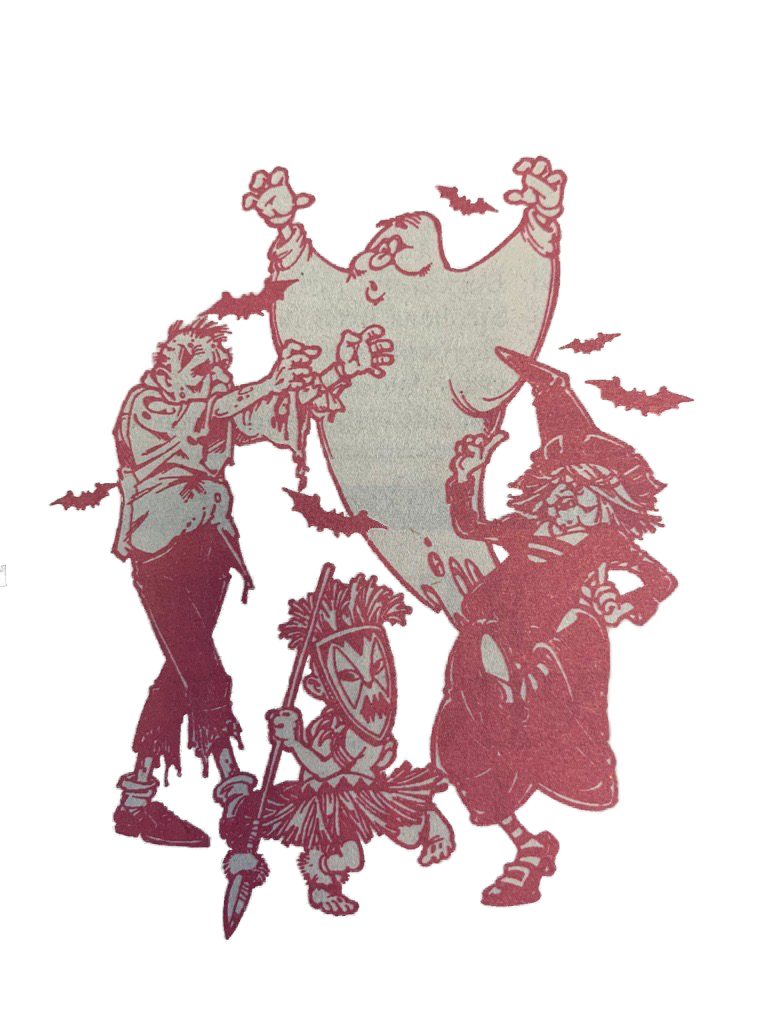“Second Look,” an exhibition that explores references to time in photography and digital media, is on display through April 15 in the Visual Arts Building’s Main Gallery.
The artists participating in the exhibition include Kathy Lovas and Martin Menocal of Dallas; Terri Cummings of Fort Worth; and James Paster, Michael Henderson and Tony Shipp of Huntsville.
Lovas’ work includes several large installations from “Company House,” a series which she described “can be viewed as a puzzle…(It) concerns a search for a house, a search both futile and satisfying at the same time.”
Her work reads like a mystery novel: a series of wooden planks with old family photos inked onto gum labels, a river running across a wall replete with photographs and cryptic messages printed on graph paper and a white wool blanket pinned to the wall like an animal pelt with large museum pins.
In “Gestalt,” Cummings suspends snapshots of girls around the age of six or seven on large pieces of calico print. The impact of the images is enhanced by sounds, provided by three headphones that accompany the piece.
“Our stories become metamorphosized over time despite photography’s inherent ability to fix an image,” said Marilyn Waligore, curator of the exhibit. “Memory is transitory and subject to revision. Cummings’ photographs float to underscore the fact.”
Multiple monitors juxtapose moving images in Henderson’s fusions of 3-D animation and video.
One of Henderson’s works, “Elabatron,” fuses both virtual and real-world footage. The viewer is guided through the progression of computer-animated rotating spheres and cylinders that push the viewer though space and ultimately transform into real world images of colored flame and rushing water.
The dynamic nature of Henderson’s work is punctuated by several enlarged inkjet still photographs, which are “captured” from individual video frames for further reflection.
Menocal emphasizes the importance of the element of time by creating dynamic stories with taxidermy animals in a natural history museum. His works includes “Buffalo Stampede,” which depicts the fate of a buffalo tumbling down a cliff and “Moose Horns,” which has the blurred and broken quality of an unfortunate documentary filmmaker under attack.
Shipp’s untitled sculpture resembles a large zoetrope, a toy that allows static photographs to blend into an animation sequence. The viewer is invited to peer through a copper screen, which displays several floating images with the aid of artificial light.
Menocal’s photographic prints of filmstrips and Shipp’s zoetrope sculptures both recall the 19th century Studies of Animal Locomotion created by Eadweard Muybridge. Here, in the context of the series, camera-based imagery calls us to take a second look at a moment.
Paster uses mixed media and the artistic devices of repetition and symmetry to essentially test the effects of the perfunctory nature of events on the human experience of time.
In an untitled work, he horizontally constructs the lapse of mile markers along a monotonous stretch of Interstate 45 paralleled with a ruler, an EKG printout
and a chronological series of family photos around an old black car.
“The banality of images…suggest relationships between time, space and methods of measurement,” Waligore said. “Paster employs the photographic series to compress or expand our experience of the moment.”



